Plastic pollution has become one of the most pressing environmental issues of our time. The widespread use of plastic bags, in particular, has had a devastating impact on wildlife and ecosystems around the world. In response to this crisis, many countries and cities have implemented bans on plastic bags in an effort to combat this problem. However, the ecological consequences of these bans are still not fully understood.
Plastic bags are not biodegradable and can take hundreds of years to decompose. As a result, they often end up in the natural environment, where they pose a serious threat to wildlife. Marine animals, such as sea turtles and seabirds, can mistake plastic bags for food and ingest them, leading to suffocation, internal injuries, and death. Land animals, too, are at risk, as they can become entangled in plastic bags, which can restrict their movement and lead to injury and even death.
By banning plastic bags, governments hope to reduce the amount of plastic waste that enters our ecosystems and protect wildlife from harm. However, it is important to understand that the ban on plastic bags is just one step towards tackling the larger issue of plastic pollution. While it may lead to a decrease in the direct impact of plastic bags on wildlife, it is crucial to implement comprehensive strategies that address the root causes of plastic pollution as a whole.
Furthermore, the ban on plastic bags may have unintended consequences that need to be carefully considered. For example, the use of alternative materials, such as paper or cloth bags, may have a higher carbon footprint or require more resources to produce. Additionally, without proper education and enforcement, people may simply switch to using other types of single-use plastics, which can have similar ecological consequences.
In order to truly understand the ecological consequences of the plastic bag ban on wildlife, further research and monitoring are needed. This will help us assess the effectiveness of the ban and identify any unintended consequences that may arise. Ultimately, the goal is to develop sustainable solutions that not only protect wildlife but also address the larger issue of plastic pollution. Only by working together can we ensure a healthier future for our planet and its inhabitants.
- Wildlife Population Decline
- Disruption of Ecosystem Balance
- Plastic Bag Alternatives: Pros and Cons
- 1. Reusable Bags
- 2. Paper Bags
- 3. Biodegradable or Compostable Bags
- Spread of Disease and Infection
- Impact on Aquatic Wildlife
- Impact on Land Wildlife
- undefined
- How does the plastic bag ban affect wildlife?
- What are the ecological consequences of the plastic bag ban?
- Are there any negative consequences for wildlife from the plastic bag ban?
- What can individuals do to support the plastic bag ban and protect wildlife?
Wildlife Population Decline
The plastic bag ban has had a significant impact on wildlife populations, leading to a decline in various species across different ecosystems. The ban has contributed to the preservation of biodiversity by reducing the pollution and habitat destruction caused by plastic bags.
Marine wildlife, such as sea turtles, dolphins, and seals, have been particularly affected by plastic bags. These animals often mistake plastic bags for food, resulting in ingestion and suffocation. The ban has helped reduce the number of plastic bags in the ocean, decreasing the risk of entanglement and ingestion for marine species.
In freshwater ecosystems, birds and fish populations have also experienced a decline due to the plastic bag ban. Birds may mistake floating plastic bags for prey or nesting materials, leading to entanglement and injury. Fish can also become entangled in plastic bags, impairing their ability to swim and feed properly.
Land animals, such as squirrels, raccoons, and deer, have also been impacted by the ban. These animals can become trapped in discarded plastic bags, leading to injury or death. Additionally, the ban has decreased the presence of plastic bags in their habitats, reducing the risk of ingestion and habitat disruption.
The decline in wildlife populations is not only detrimental for the affected species but also for the entire ecosystem. Each species plays a crucial role in maintaining the balance and functioning of their respective habitats. The loss of these species can have cascading effects on other organisms and disrupt the delicate ecological balance.
In conclusion, the plastic bag ban has played a significant role in minimizing the negative impact of plastic bags on wildlife populations. By reducing pollution and habitat destruction, the ban has helped preserve biodiversity and promote healthier ecosystems. However, further efforts are needed to address other sources of plastic pollution and ensure long-term conservation of wildlife populations.
Disruption of Ecosystem Balance
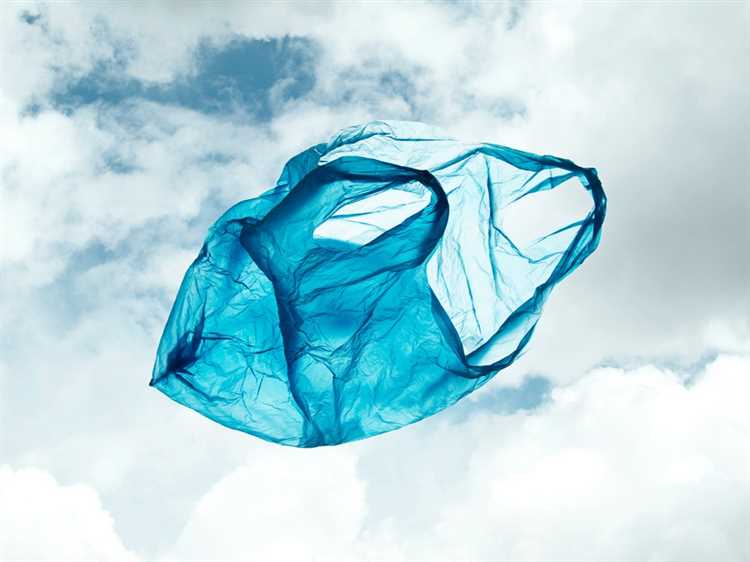
Plastic bag bans can have a significant impact on the balance of ecosystems, affecting various species and their habitats. The use of plastic bags has become widespread worldwide, contributing to the accumulation of plastic waste in our oceans, rivers, and forests. When plastic bags are introduced into an ecosystem, they can disrupt the natural order and pose a threat to the delicate balance that exists.
One of the primary concerns is the effect of plastic bags on marine life. Marine animals, such as sea turtles, seals, and whales, often mistake plastic bags for food and ingest them. This can lead to fatal consequences, including suffocation, internal injuries, and starvation. Additionally, the entanglement of wildlife in plastic bags can cause severe injuries and even death. The disruption of marine ecosystems can have far-reaching consequences, impacting the entire food chain.
In terrestrial ecosystems, the presence of plastic bags can also create imbalances. As plastic bags litter the environment, they can entangle wildlife, obstruct natural waterways, and impact the growth of plants and trees. This disruption can affect the behavior and migration patterns of animals, leading to a decline in biodiversity. Moreover, the decomposition of plastic bags can release toxic chemicals into the soil, further degrading the ecosystem.
The ban on plastic bags aims to mitigate these ecological consequences by reducing the amount of plastic waste that ends up in natural habitats. By encouraging the use of reusable bags or biodegradable alternatives, the hope is to restore the balance within ecosystems and protect wildlife from the harmful effects of plastic pollution.
In conclusion, the discontinuation of plastic bags can have a positive impact on wildlife and the overall balance of ecosystems. By keeping plastic bags out of the environment, we can help protect the biodiversity and health of our planet. However, it is essential to implement comprehensive waste management systems and educate the public on the importance of responsible consumption to ensure long-term success in preserving our ecosystems.
Plastic Bag Alternatives: Pros and Cons
The implementation of the plastic bag ban has forced consumers and retailers to seek out alternative options for carrying goods. While there is no one-size-fits-all solution, several alternatives have emerged that offer various benefits and drawbacks.
1. Reusable Bags
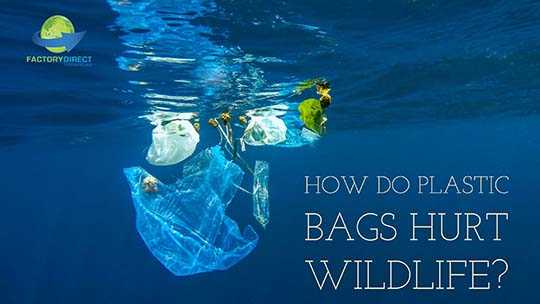
- Pros: Reusable bags are durable and can be used multiple times, reducing the need for single-use plastic bags. They are made from materials such as canvas, nylon, or recycled plastic, which are more sustainable options. Additionally, reusable bags often have a larger capacity, making them more convenient for carrying heavier or bulkier items.
- Cons: One downside of reusable bags is that they require proper cleaning and maintenance to prevent contamination and the spread of bacteria. There is also a risk of forgetting to bring reusable bags when shopping, which may lead to the use of alternative single-use options.
2. Paper Bags
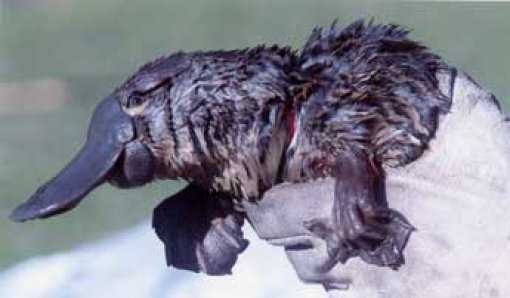
- Pros: Paper bags are biodegradable and recyclable, making them a more environmentally friendly option compared to plastic bags. They also have a larger carrying capacity and are sturdy enough to withstand heavier items.
- Cons: The production of paper bags requires more energy and resources compared to plastic bags. They are also more expensive to produce, which may result in higher costs for retailers and customers. While they are biodegradable, the lack of proper disposal and recycling options for paper bags can still contribute to litter and pollution.
3. Biodegradable or Compostable Bags
- Pros: Biodegradable or compostable bags are designed to break down naturally over time, reducing their impact on the environment. These bags are often made from plant-based materials, such as cornstarch or potato starch, which are renewable resources.
- Cons: The production of biodegradable or compostable bags requires specific conditions for decomposition, such as exposure to sunlight, oxygen, and moisture. If not disposed of properly, these bags can still contribute to litter and pollution. Additionally, the production of these bags may still require energy and resources, making them not entirely eco-friendly.
It is important to note that while plastic bag alternatives offer their own set of advantages, it is crucial to choose the most appropriate option based on the specific needs and circumstances. Promoting awareness and responsible consumption can help minimize the ecological consequences and ensure the long-term sustainability of our planet.
Spread of Disease and Infection
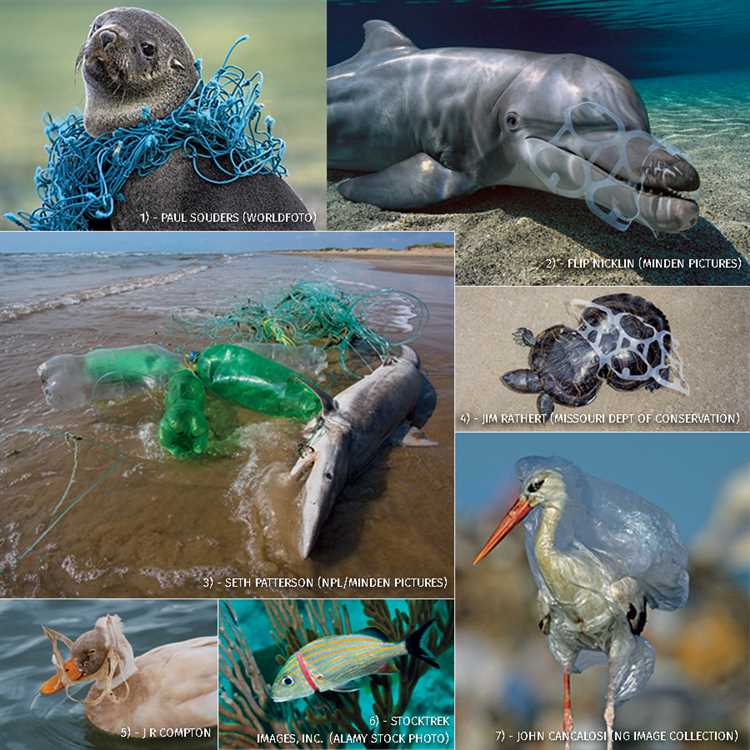
The plastic bag ban has had a significant impact on reducing pollution and protecting wildlife. However, this ban has also led to unintended consequences, such as the spread of disease and infection among various animal populations.
One of the main reasons for this spread is the accumulation of waste in alternative materials to plastic bags. Many people have switched to using reusable bags, which are often made from fabric or other non-disposable materials. While these bags are more environmentally friendly, they can also harbor harmful bacteria and pathogens if not properly cleaned and maintained.
In addition, the ban has increased the reliance on single-use paper bags. These bags, although biodegradable, are often contaminated with bacteria and viruses through various stages of production, handling, and transportation. Once these infected bags are introduced into ecosystems, they can transmit diseases to wildlife that come into contact with them.
Impact on Aquatic Wildlife
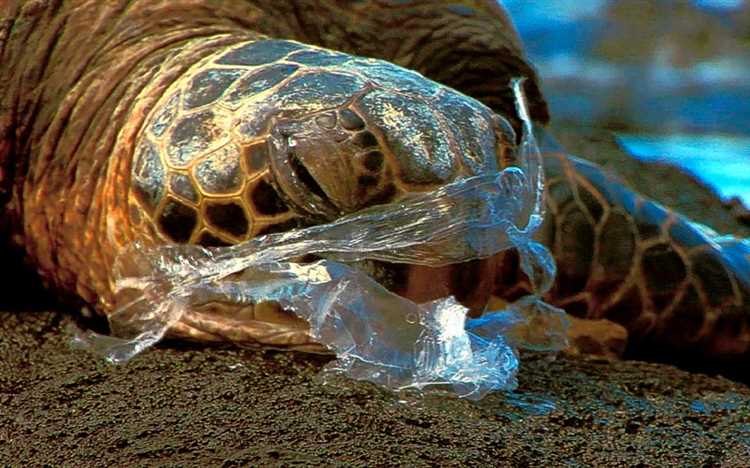
The spread of disease and infection is particularly prevalent among aquatic wildlife. Marine animals such as turtles, seabirds, and fish often mistake plastic bags for food and ingest them. When plastic bags become contaminated with harmful bacteria and pathogens, these animals become more susceptible to infections and diseases.
Furthermore, the accumulation of plastic bags in water bodies can create breeding grounds for disease-causing organisms. The stagnant water trapped within the bags provides an ideal environment for the proliferation of bacteria and viruses, which can then be transferred to aquatic wildlife.
Impact on Land Wildlife
The spread of disease is not limited to aquatic wildlife. Land animals, such as mammals and birds, can also be affected. For example, animals that scavenge in landfills or come into contact with discarded plastic bags may be exposed to a range of harmful pathogens.
In some cases, animals may mistake plastic bags for food and ingest them. This can lead to blockages in their digestive systems, making them more vulnerable to infections. Additionally, the presence of plastic bags in their habitats can disrupt natural ecosystems and indirectly contribute to the spread of diseases by altering food chains and ecosystems.
In conclusion, while the plastic bag ban has positive environmental impacts, it is crucial to consider the unintended consequences such as the spread of disease and infection among wildlife populations. Efforts should be made to promote proper cleaning and maintenance of reusable bags, as well as explore alternative materials that are more resistant to bacterial contamination. Additionally, public education campaigns should emphasize the importance of reducing waste and proper disposal methods to minimize the negative effects on wildlife health.
undefined
How does the plastic bag ban affect wildlife?
The plastic bag ban has a positive impact on wildlife as it reduces the amount of plastic waste that animals can ingest or become entangled in. This helps to prevent injuries, suffocation, and death among wildlife.
What are the ecological consequences of the plastic bag ban?
The plastic ban has various ecological consequences. It reduces plastic pollution in rivers, oceans, and landfills, leading to cleaner and healthier ecosystems. It also promotes the use of alternative, more sustainable materials, and encourages recycling efforts.
Are there any negative consequences for wildlife from the plastic bag ban?
While the plastic bag ban primarily has positive impacts on wildlife, there are some potential negative consequences. For example, some animals have become accustomed to using plastic bags as a source of shelter or nesting material. With the ban, they will need to adapt to find alternative materials or habitats.
What can individuals do to support the plastic bag ban and protect wildlife?
Individuals can take several steps to support the plastic bag ban and protect wildlife. They can opt for reusable bags or biodegradable alternatives when shopping. They can also participate in community clean-up initiatives and spread awareness about the importance of reducing plastic waste.